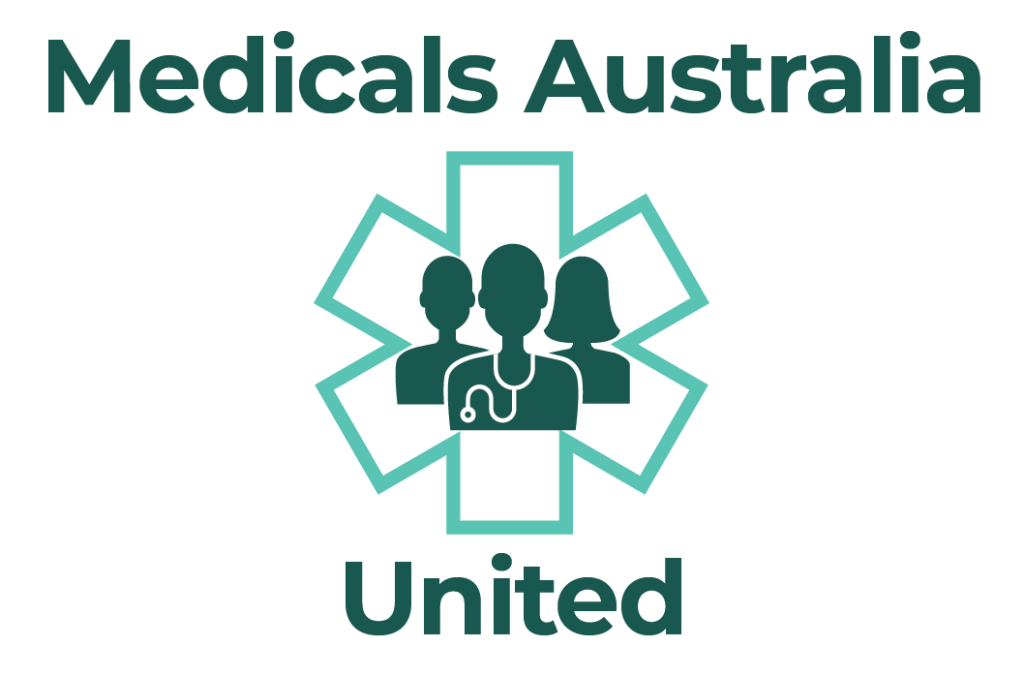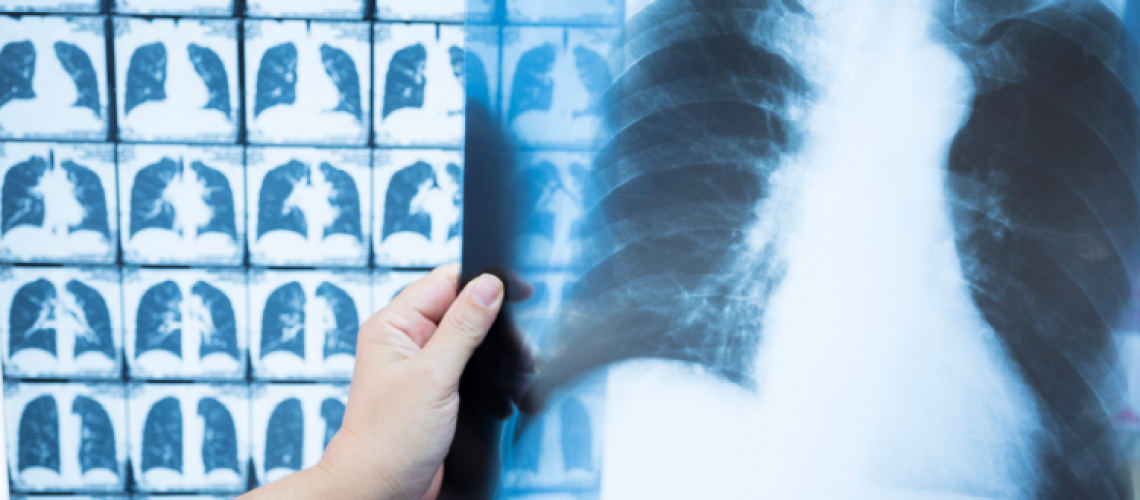In the mining industry, ensuring that workers are medically fit for the demands of their roles is critical for safety, compliance, and operational efficiency. One key component of this process in Australia is the Coal Board Mine Medical (CBMM), a specialised assessment required for personnel working in coal mining operations. These medicals are designed to ensure that workers are physically and mentally capable of performing tasks safely in environments that can be physically demanding and potentially hazardous.
What is a Coal Board Mine Medical?
Coal Board Mine Medicals are a comprehensive health assessment mandated for individuals seeking employment in coal mines. The assessment evaluates a range of health factors, including respiratory function, cardiovascular fitness, musculoskeletal health, vision and hearing, and overall physical resilience. Additionally, these medicals screen for conditions that may be exacerbated by mining work, such as respiratory illnesses including coal workers’ pneumoconiosis (CWP), hearing loss, or cardiovascular disease.
The primary goal of Coal Board Mine Medicals is to protect the health and safety of workers, their colleagues, and the broader mining environment. By identifying potential health risks early, employers can implement appropriate controls, accommodations, or training, reducing the likelihood of workplace incidents and ensuring regulatory compliance with state and national mining safety standards.
Medicals Australia’s Role
Medicals Australia specialises in facilitating Coal Board Mine Medicals for recruiters and mining companies across Australia. Our team works closely with accredited clinics and qualified medical professionals to streamline the entire process, ensuring assessments are thorough, efficient, and compliant with industry regulations.
By partnering with a nationwide network of clinics and doctors, Medicals Australia simplifies what can often be a complex and time-consuming process for recruiters. Rather than coordinating appointments, following up on results, and managing compliance requirements independently, recruiters and companies can rely on our expertise to handle every step of the medical assessment journey.
Our services include scheduling appointments, providing clear guidance on pre-assessment requirements, and ensuring timely reporting of results to the relevant stakeholders. We also provide support for urgent bookings, helping recruiters meet tight hiring deadlines without compromising on medical standards.
Why Partner with Medicals Australia?
Partnering with Medicals Australia provides significant advantages for mining recruiters and employers:
- Nationwide Access: Our network spans across Australia, giving clients access to a broad range of accredited clinics and specialists.
- Efficiency: We manage the administrative workload, reducing delays and freeing recruiters to focus on sourcing and hiring candidates.
- Compliance Assurance: All assessments are conducted by accredited medical professionals in line with industry regulations, ensuring peace of mind for employers.
- Candidate Experience: Our team ensures that candidates receive clear instructions and a professional, streamlined experience, supporting higher attendance and faster processing times.
Ultimately, Medicals Australia bridges the gap between recruiters, mining companies, and accredited medical providers. By facilitating Coal Board Mine Medicals efficiently and professionally, we help maintain a workforce that is safe, healthy, and ready to meet the demands of Australia’s mining industry.
A Coal Board Mine Medical (CBMM) is a comprehensive health assessment designed to ensure a worker is medically fit to safely perform duties in a coal mining environment. The exact components can vary slightly depending on the state or mining company, but generally, it includes the following elements:
1. Medical History Review
- Full personal and occupational medical history
- Past and current illnesses, surgeries, and hospitalisations
- Family medical history relevant to occupational risk
2. Physical Examination
- General physical assessment (heart, lungs, abdomen, musculoskeletal system)
- Vital signs: blood pressure, heart rate, respiratory rate, temperature
- Assessment of fitness for physically demanding work
3. Respiratory Assessment
- Lung function tests (spirometry) to check breathing capacity
- Chest X-ray or imaging to screen for coal workers’ pneumoconiosis (CWP) or other lung conditions
- Evaluation of exposure to dust and respiratory hazards
4. Cardiovascular Screening
- ECG (electrocardiogram) to detect heart rhythm abnormalities
- Assessment for conditions that may impair safe work in mining environments
5. Hearing and Vision Tests
- Audiometry for hearing ability, as noise exposure is common in mines
- Eye tests including visual acuity, colour vision, and peripheral vision checks
6. Musculoskeletal Evaluation
- Assessment of joint mobility, strength, and posture
- Screening for back, neck, or limb conditions that could affect physical performance
7. Laboratory Tests
- Blood tests to assess general health (e.g., cholesterol, blood sugar, kidney and liver function)
- Urinalysis, if required by the mining company or state regulations
8. Functional Capacity or Fitness-for-Duty Assessment
- May include physical tasks or exercises to assess stamina, strength, and coordination
- Evaluates whether the worker can safely perform mining duties
9. Risk Assessment and Reporting
- Doctors provide a report on fitness for work, restrictions, or recommendations
- Results are communicated to the employer and stored confidentially according to regulations
Coal Workers’ Pneumoconiosis (CWP) – What You Need to Know
Coal workers’ pneumoconiosis, commonly called black lung disease, is a lung condition caused by prolonged inhalation of coal dust.
CWP doesn’t just affect underground miners. Anyone who has worked in mining—whether underground or open-cut—or in industries handling coal, such as loading or transporting, may be at risk.
The impact of CWP varies from person to person, depending on factors like the duration of coal dust exposure, the type of dust, and individual susceptibility.
Learn more:
Click here to connect on LinkedIn.

